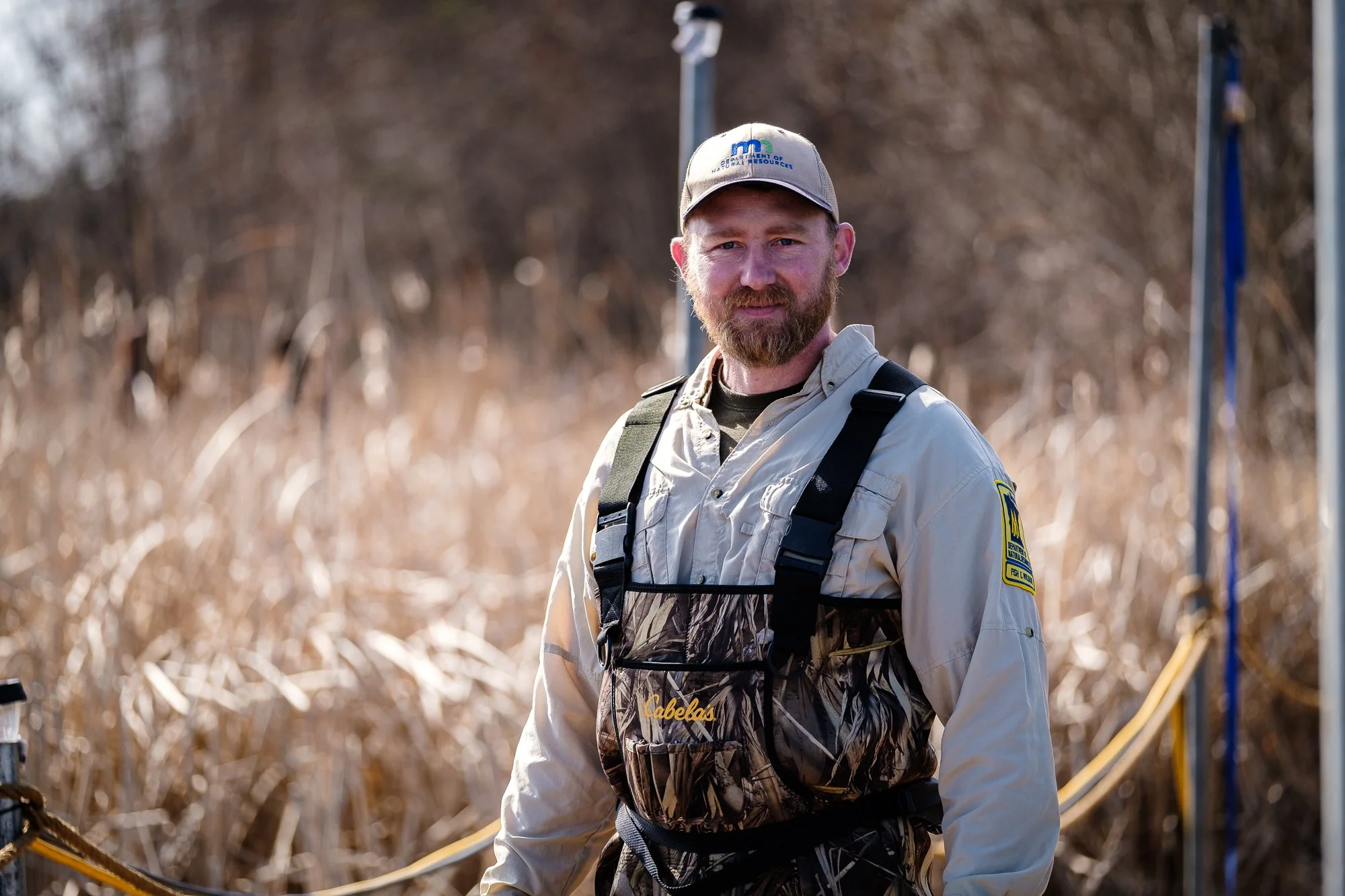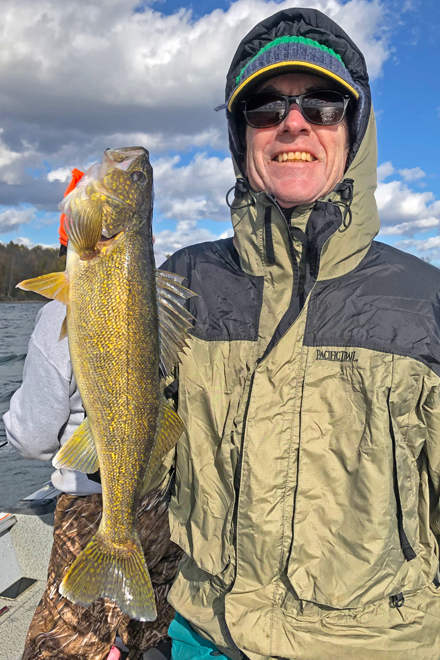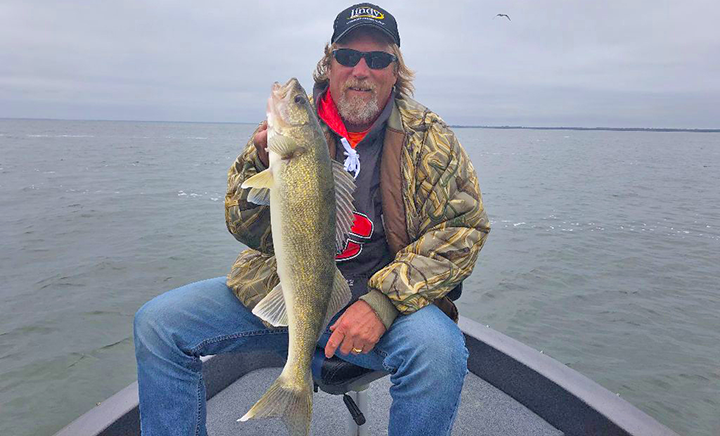Well here we are, a week away from the Minnesota Fishing opener and anticipation for a great season on Winnibigoshish is high!
Early data from MN DNR 2020 Fisheries surveys supports the widely held belief that walleyes from the 2018 year class now dominate the population of “catchable” size fish in the system. As the class of 2018 matures, the stage is set for our guests to enjoy good fishing walleyes this summer. And during 2021, we expect to see not only strong numbers of fish, but also improving size quality.
During the 2020 fall assessments, the arithmetic was favorable. In fact, DNR fisheries staff recorded the third highest walleye numbers observed in fall test netting. From Dave Weitzel, Grand Rapids Area Fisheries manager; “The catch was largely driven by a high proportion of age-1 and age-2 fish. Age-2 fish had an average length of 12.5 inches in the fall of 2020. This suggests favorable angling opportunities for the next few years as these fish continue to grow.”
Winnibigoshish is known for its above-average growth rates, so during the 2021 fishing season, that 12-1/2 inch average will likely increase by 1 to 3 inches, making those 2018 year class walleyes very desirable for our guests. Combined with the lakes natural ability to grow fish fast is that these fish have a lot of room to grow.
Weitzel; “The last strong year class was 2013 which was a large contributor to angler success. These fish were age-7 in 2020, with an average length of 22 inches and comprised 5% of the overall catch. Recent surveys show a period of low recruitment from 2014 to 2017, while 2018 and 2019 appear to be stronger.”
That 4-year gap in year classes means that competition for food is on the low side, providing an added advantage for those hungry walleyes born in 2018. The class of 2019, also believed to be strong, will grow this summer too and by fall, we should begin to see a wide variety of walleye sizes caught by our guests.
Ted Goodwin with “Big Winnie Walleye” 2019
Just because fish from the 2018 and 2019 year classes are so strong doesn’t mean that these are the only fish in the lake. There are still larger fish for anglers to catch as well. Even during a “slow” spawning season, some fish will always be produced and those fish showed up in fall test netting assessments too.
Weitzel: “Protected slot length fish comprised 17% of the sample in 2020. About one third of the slot length fish were from the 2013 year class.”
So, if 1/3 of the “slot-fish” were from 2013, that means 2/3 of them were from other years. We think anglers can expect to see good numbers of fish ranging in size from 18 to 23 inches, along with a healthy smattering of fish up to 26 inches for the photo album.
Perch are popular with our guests too and if the 2020 season was an indicator, 2021 should be a good season. Several years back, perch populations exploded, probably coinciding with several below average walleye classes. The massive amount of small perch was obvious to everyone who fished here, but last year, there was a noticeable shift in both numbers and size.
Winnibigoshish, a destination Yellow Perch fishery has a history of producing large fish. Fish over 11 inches are not uncommon and in 2020, we heard numerous reports about fish over 12 inches. Weitzel; “The catch for eight inch and greater perch has averaged 8.4/net and the proportion has averaged 34% since 2007. During the 2020 test netting assessments, Yellow Perch exceeding eight inches were sampled at a rate of 5.7/net and comprised 35% of the sample. This suggests roughly one third of perch caught while angling in 2021 will be of a size anglers elect to harvest.”
Northern Pike are another popular species with anglers and are well suited for Winnibigoshish and connected waters. We thought that our guests were catching pike of larger sizes during 2020 at least that was our observation.
Will the protected 22 to 26 inch slot result in a larger average size pike, who knows? One thing we do know is that anybody who wants to catch “eater” size pike on Winnie can certainly do it. According to the test net results, Lengths ranged from 15.1 to 28.8 inches with an average of 22.8 inches in 2020. With a bag limit of 10 fish under 22 inches, it doesn’t take long to gather enough fillets for fish fry, a plate of blackened pike or even better yet, coconut pike delight.
Panfish are important too, but for our guests, don’t receive a ton of attention until summer and fall. We’ll have plenty of time to bring you up to date articles and reports about panfish on Cutfoot and Winnie, so check back for frequent updates.
For now tough, the countdown to the opener has started and like most of our guests, we have walleyes on the brain!
By the way, if you’re in the neighborhood next weekend and want to avoid the large crowds, stop here and see us. We offer our boat ramp to the public for a modest fee and we’d love to see you.


















